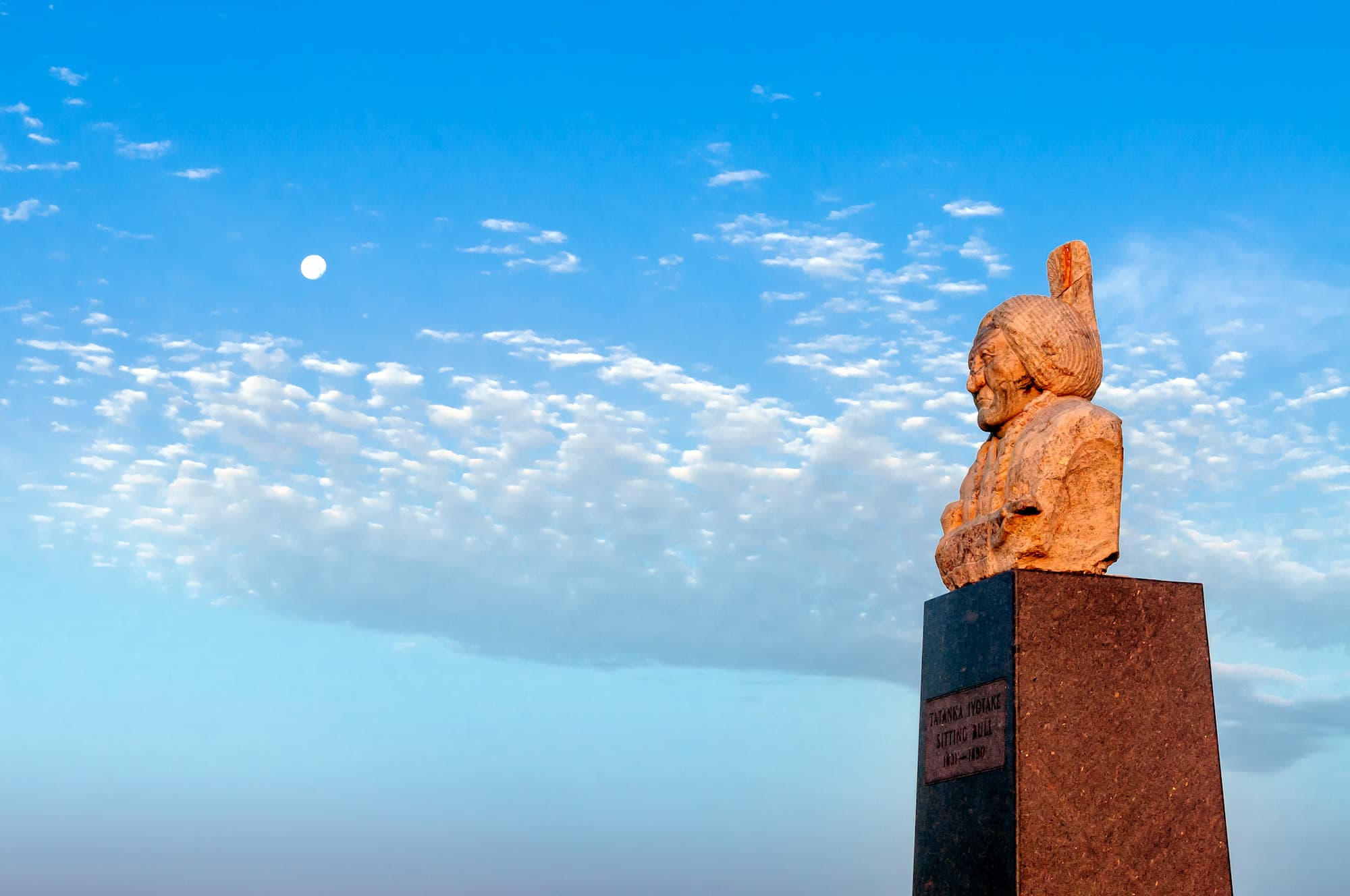
NATIVE AMERICAN NATIONAL AND STATE SCENIC BYWAY
Behold breathtaking views of the Missouri River, diverse landscapes, and tribal history & culture along the magnificent Native American Scenic Byway. Running north and south through central South Dakota, the route takes travelers through the lands of the Yankton, Crow Creek, Lower Brule, Cheyenne River and Standing Rock Sioux Tribes. Where will it take you?